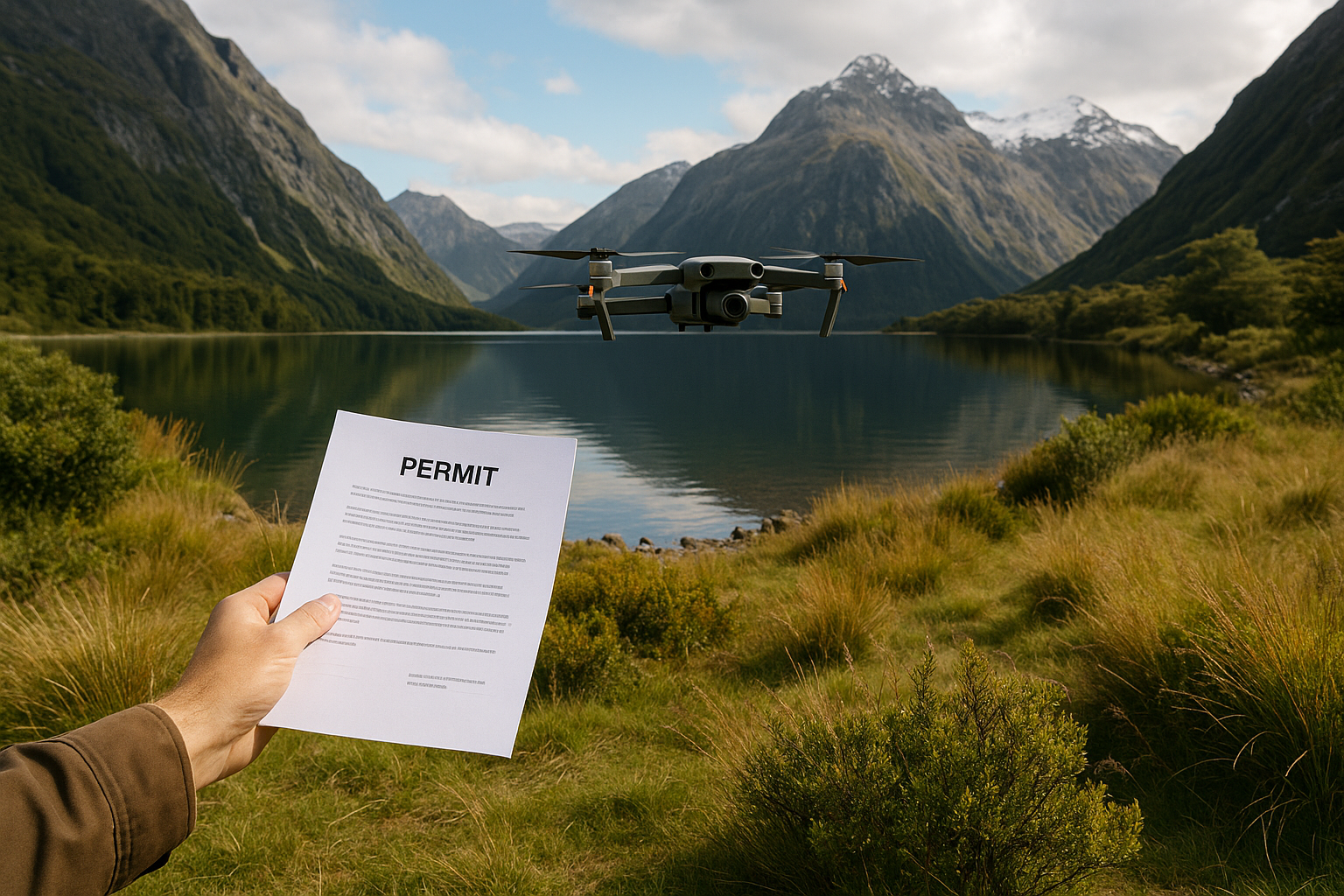DOC’s Fast-Track Reforms Cut Conservation Land Permit Backlog by Over 60%
Minister Potaka, who has been vocal about the need to untangle what he describes as a “sticky ball of red tape,” praised the DOC for responding swiftly to his directive to streamline permit processes.

- Country:
- New Zealand
In a sweeping move that underscores the government’s commitment to both economic development and environmental stewardship, New Zealand’s Department of Conservation (DOC) has significantly reduced the backlog of permit applications for activities on conservation land. The reforms, driven by Conservation Minister Tama Potaka, have seen the number of outstanding applications drop from approximately 1300 in September 2023 to under 550 by mid-2025—a decrease of more than 60%.
This dramatic improvement has been achieved without compromising the core values of environmental protection, setting a new benchmark for efficient public service in a regulatory context often criticized for bureaucratic delays.
Breaking Free from Red Tape
Minister Potaka, who has been vocal about the need to untangle what he describes as a “sticky ball of red tape,” praised the DOC for responding swiftly to his directive to streamline permit processes.
“Decision makers at the Department of Conservation had become wrapped and trapped in unnecessary bureaucracy. But now, the department is doing a great job delivering on my expectation to crack on with the mahi,” Potaka said.
The department has adopted a data-driven strategy, incorporating artificial intelligence tools to scan complex statutory documents and identify relevant information more quickly and accurately. As a result, the rate of permit processing in April and May 2025 was 180% faster than during the same period in 2024.
Technology-Driven Turnaround: Drones to Data
One of the standout reforms is the revamped drone permit system, which previously took weeks to process but can now be completed within five working days. This one-off permit streamlining showcases how AI and process automation can make government services more responsive to public and commercial needs.
The improvements are not just operational; they are strategic. The changes reflect a wider shift in DOC’s approach—from one of passive gatekeeping to active, responsible facilitation of lawful use of public land.
Tourism and Infrastructure Top the Application List
Since February 2025, over a third of processed applications have been tourism-related, benefitting New Zealand’s second-largest export industry. In the last three months alone, DOC has processed more than 380 tourism applications, including:
-
Guiding concessions in Fiordland National Park
-
Helicopter landing permits for heli-hunting and fishing in the North Island
This represents a crucial support mechanism for small operators and regional economies that depend heavily on eco-tourism and outdoor recreation services.
Another key approval came this month with the long-awaited greenlight for Kokiri Lime’s quarrying application in South Westland—an essential source of rock for roading and flood protection infrastructure projects. The application had been languishing in the system for more than five years, highlighting the backlog’s real-world impact on critical national infrastructure.
Certainty for Business, Safeguards for Nature
Potaka stressed that while DOC is moving faster, it’s not cutting corners. Applications that don’t meet environmental protection standards are being rejected more swiftly, saving time and resources for all involved.
“DOC is enabling a wide range of activities that connect people with nature and support local economies, while more quickly declining proposals where the effects on nature or heritage cannot be avoided, remedied, or mitigated,” he stated.
With one-third of New Zealand’s land under DOC management, the department sits at the intersection of nature and nation-building. Conservation land is not just a sanctuary but a shared space for tourism, scientific research, infrastructure, and community projects. Balancing these demands is a challenge DOC is now addressing more effectively than ever.
Looking Ahead: A Sustainable and Efficient Future
The reforms are a powerful signal of what’s possible when conservation and development are treated as partners, not opponents. By investing in modern systems and supporting smarter workflows, DOC is proving that protecting nature and enabling progress can go hand in hand.
As Potaka concluded, “We are ensuring activity on conservation land is lawful and sustainable while protecting the natural environment that is the lifeblood of our economy.”
ALSO READ
UPDATE 1-Ukraine's drones damage power infrastructure in Sergiyev Posad near Moscow, Russia says
UPDATE 2-Ukraine drones damage power infrastructure in Sergiyev Posad near Moscow, Russia says
BharatBenz Strengthens Construction Segment with All-New Construction and Mining Range to Power India's Infrastructure Boom
IRB InvIT Fund unitholders approve acquiring 100 pc stake in 3 SPVs from IRB Infrastructure Trust
Delhi zoo ramps up monsoon measures with infrastructure fixes, herbal solutions










